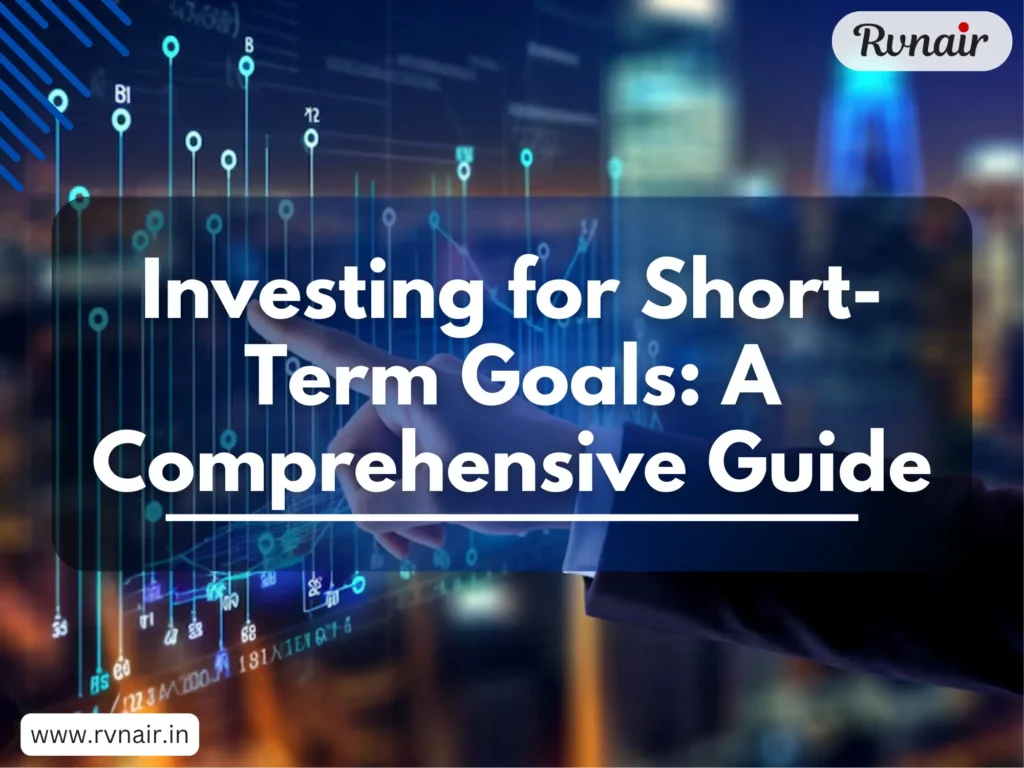
Investing is a powerful tool that can help you achieve your financial goals, whether it’s buying a house, taking a dream vacation, or simply building a financial cushion. However, the strategies you use should be tailored to your specific time frame. This guide will provide insights into investing for short-term goals, helping you make informed decisions to maximize your returns while minimizing risk.
Understanding Short-Term Investing
Short-term investing typically involves investment horizons of three years or less. When you’re investing for such a short period, it’s crucial to balance the need for liquidity (easy access to your money), safety, and the potential for reasonable returns. Prioritizing safety and liquidity becomes even more critical when you have an investment window of less than one year.
Investment Options for Short-Term Goals
Several investment options are well-suited for short-term goals, each with its own set of characteristics:
- Certificates of Deposit (CDs): CDs are low-risk, time-deposit products offered by banks and brokerages. When you purchase a CD, you agree to keep your money in the account for a specific term, ranging from one month to several years, in exchange for a fixed rate of return. CDs can offer higher yields than some other cash options, such as savings accounts, making them attractive for savers seeking stable returns without the volatility of the stock market. However, withdrawing your money before the CD matures may result in penalties.
- Money Market Funds: Money market funds are another viable option for short-term investing, particularly for money you might need on short notice or while waiting for investment opportunities. These funds invest in high-quality, short-term debt securities and cash equivalents with low credit risk. They offer yields that tend to closely track changes in the Federal Reserve’s target interest rate, and they typically provide easy access to your cash.
- Short-Term Bond Funds/ETFs: Short-term bond funds, including both mutual funds and exchange-traded funds (ETFs), can be considered for investors seeking higher yields than those offered by CDs. These funds invest in bonds with maturities of one to 3.5 years. While they can offer higher yields, it’s important to remember that bonds carry some level of risk, and their value can fluctuate.
Investing for a Time Frame of 1-3 Years
If you have a slightly longer time frame of one to three years, you might consider taking on a bit more risk to potentially achieve higher yields. In this scenario, adding some stock investments to your portfolio could be beneficial. However, it’s crucial to remember that the stock market can be volatile, and it may take time for your investments to recover from any significant downturns.
To mitigate risk, consider allocating only a small portion of your savings to stock mutual funds or ETFs and investing the remainder in more conservative options like CDs, high-quality bond funds, and money market funds. If you’re willing to take on more risk for the chance of higher returns, you could increase your stock allocation and reduce your holdings in bonds or short-term investments.
Key Considerations for Short-Term Investing
Regardless of the specific investment options you choose, several key considerations can help you make informed decisions:
- Time Frame: Determine the exact deadline for your goal or when you plan to use the money.
- Financial Situation: Assess the likelihood of needing the money before your goal deadline.
- Risk Tolerance: Evaluate your comfort level with potential investment losses due to market fluctuations.
Tools and Strategies
To help you navigate the complexities of short-term investing, consider utilizing available planning tools that can offer investment strategies and suggestions. For instance, a CD ladder is a strategy that involves arranging CDs with staggered maturities, providing both potentially higher interest rates and access to your money at regular intervals.
Important Note:
Remember that all investments carry some level of risk, and it’s essential to align your investment choices with your individual circumstances, time horizon, and risk tolerance.
